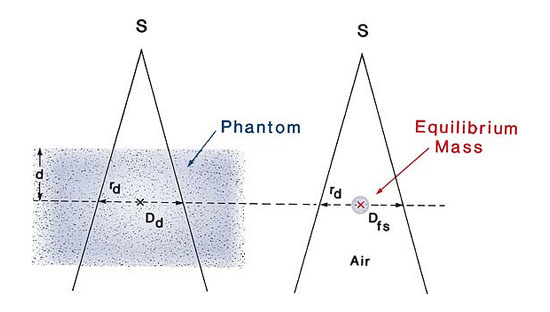طراحی درمان در رادیوتراپی
طراحی درمان دقیق در رادیوتراپی، نقش مهمی در درمان موفق بیمار دارد. این طراحی درمان شامل سه مرحله است:
- طراحی: در این مرحله بایستی تومور بدخیم به نحوی مشخص شود که بتوان اندازه دقیق و وضعیت قرار گرفتن آن در بدن را تجزیه و تحلیل نمود. اطلاعات مورد نیاز این مرحله را می توان از طریق تصاویر رادیوگرافی معمولی، MRI، PET, SPECT، scan CT و سونوگرافی به دست آورد.
- شبیه سازی: پس از این که مقدار پرتویی که بایستی توسط تومور دریافت گردد محاسبه شد، به منظور مشخص کردن وضعیت بیمار در مقابل دستگاه شتاب دهنده، بیمار به دستگاه سیمولاتور یا شبیه ساز منتقل می شود. با استفاده از سیمولاتور و تصاویری که توسط آن تهیه می شود، اطمینان حاصل می شود که تومور در موقعیت صحیح قرار گرفته و دز درمانی مورد نیاز را دریافت می نماید.
- درمان: در این مرحله تومور در معرض پرتوهای گاما که از یک چشمه کبالت خارج می شوند و یا پرتوهای ایکس پر انرژی که توسط دستگاه شتاب دهنده ی خطی تولید می شوند و یا منابع دیگر پرتو و ذرات یونیزان، قرار گرفته و فرآیند درمان انجام می شود.
- ۰ نظر
- ۰۵ فروردين ۹۵ ، ۱۰:۳۰



